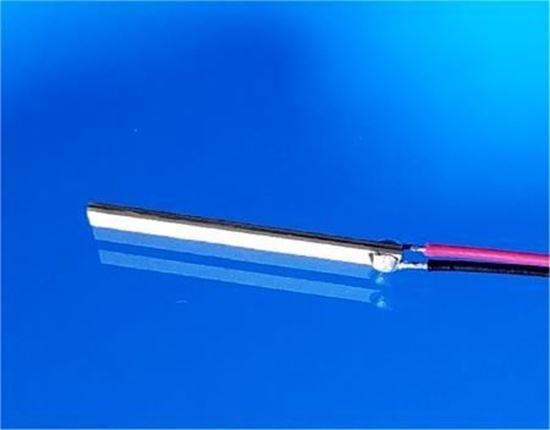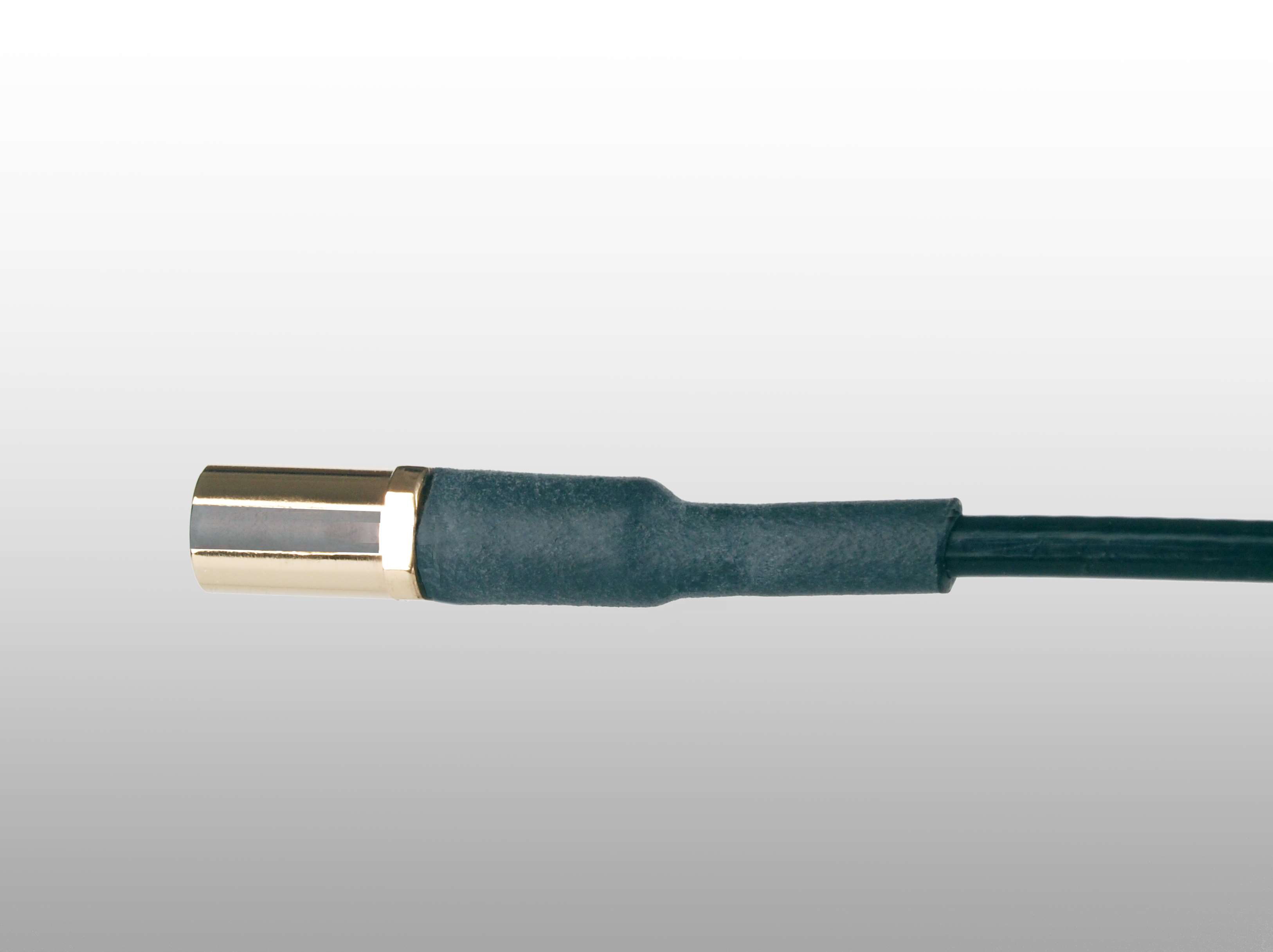

Alnico V is generally considered brighter with less low end.Alnico II has a lower output and more mellow vintage tone.Each type has a different ratio of the three elements and therefore produces a slightly different tone: generate a more powerful signal – due to their increased level of magnetism.Īlnico magnets: can be further subdivided into three types: Alnico II, Alnico V and Alnico VIII. Modern pickups use one of two different types of magnets: Alnico or Ceramic.Īlnico magnets are a compound of aluminum, nickel and cobalt (hence the name), while ceramic magnets are made of ceramic material impregnated with ferrous oxide.Ĭeramic magnets: are considered to be “hotter” – i.e. Source: The response of the pickup, whether high-pitched, low pitched, noisy and/or quiet, is all based on the magnet and the wire that is wrapped around the bobbin and carries the electromagnetic signal to the amplifier. The diagram below shows the most basic signal chain for a two pickup guitar with a three way switch. This signal is then transferred though the volume and tone controls and guitar cord or wireless signal to the amplifier, where the weak signal is then boosted to a volume which can be heard over other instruments.

When a string is plucked, the vibrations are picked up (hence the name) by the magnet and an electrical signal is generated in the wire. Image courtesy of Stewart-McDonald What Happens When You Play The Guitar?

Inside Your Guitar PickupsĪt the core of all magnetic pickups is one or more magnets or magnetic pole pieces (as shown in the exploded diagram below), surrounded by a length of hair thin copper wire (42 or 43 gauge) wrapped thousands of times around a bobbin. So how do guitar pickups work anyway? It’s really surprisingly simple, even for those of us who didn’t do too well in high school science class.


 0 kommentar(er)
0 kommentar(er)
